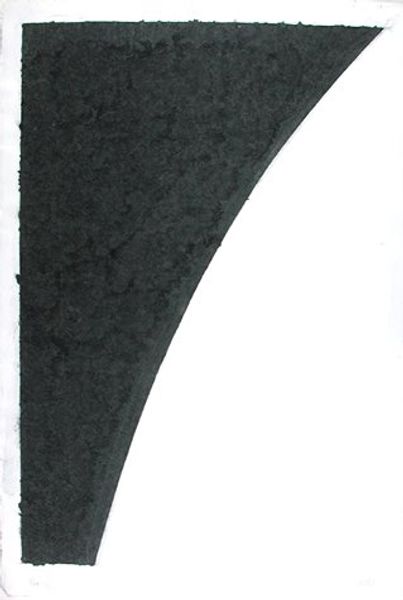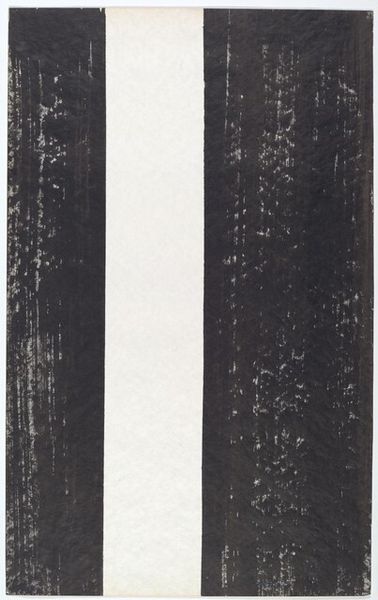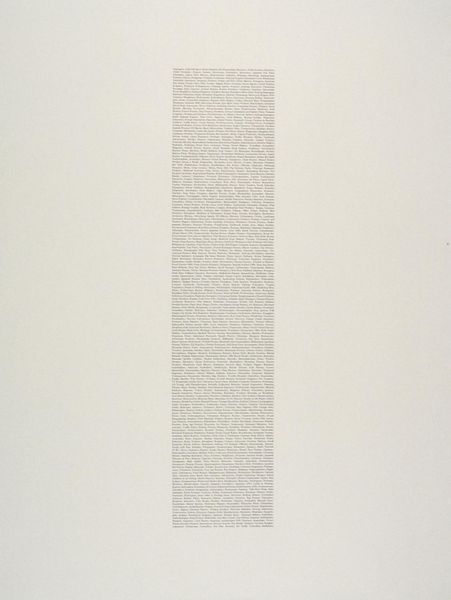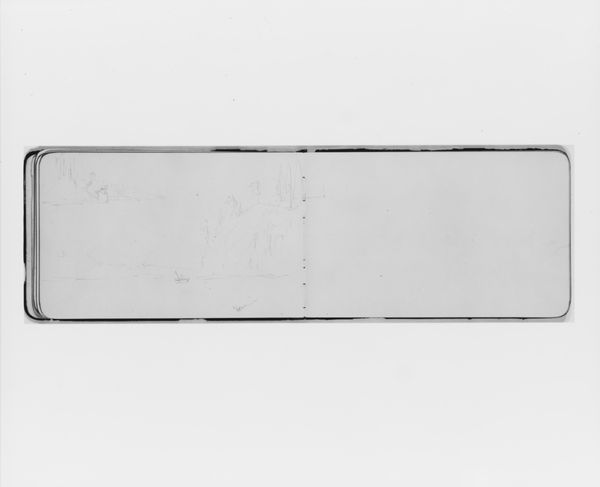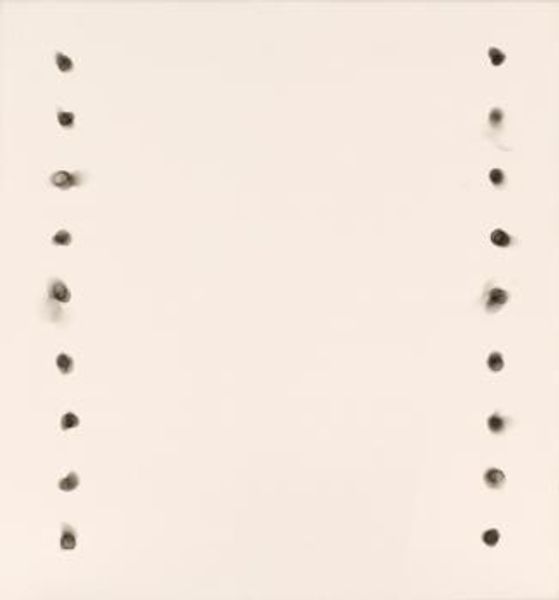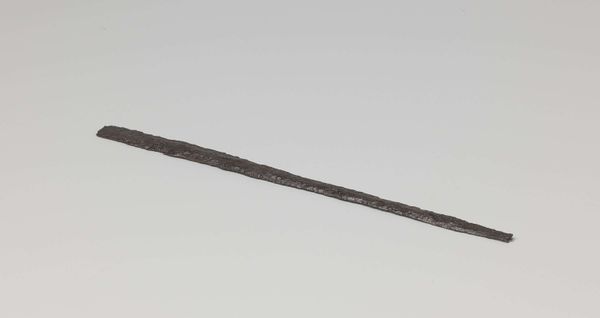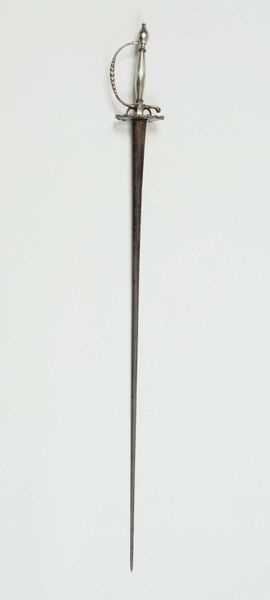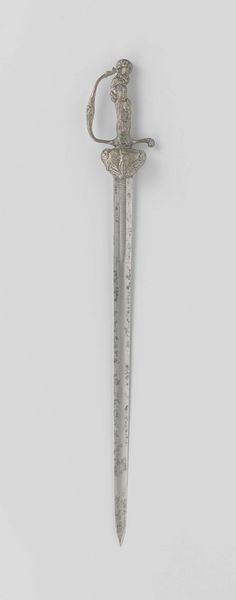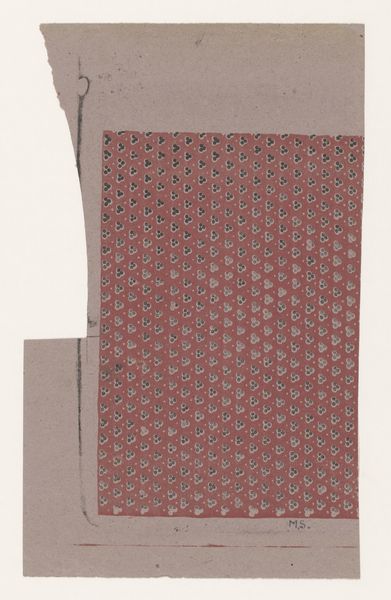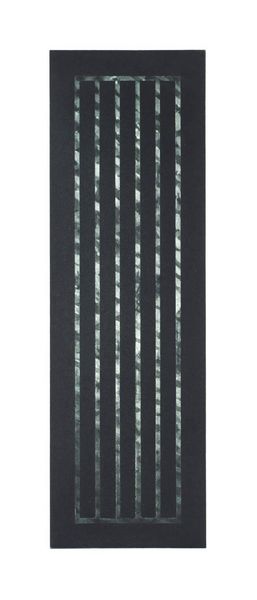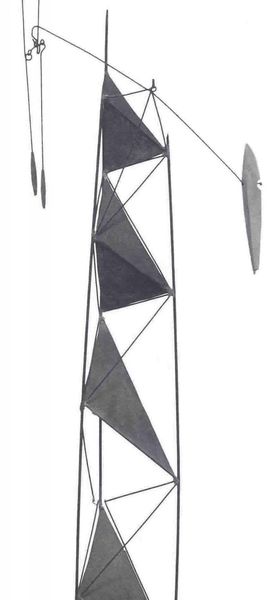
The Area of Manhattan between the McGraw-Hill Building, Columbus Circle, and Tompkins Square 1977
0:00
0:00
#
natural stone pattern
#
rippled sketch texture
#
natural shape and form
#
wave pattern
#
organic shape
#
minimal pattern
#
organic pattern
#
simple pattern
#
natural texture
#
repetition of shape
Dimensions: overall: 30.6 x 5.5 cm (12 1/16 x 2 3/16 in.)
Copyright: National Gallery of Art: CC0 1.0
Editor: Here we have Sol LeWitt’s "The Area of Manhattan between the McGraw-Hill Building, Columbus Circle, and Tompkins Square" from 1977. It strikes me as so…geometric and almost clinical at first glance, yet there's a captivating depth. What do you see in this piece, something beyond this aerial view? Curator: Well, you've touched upon a central tension in LeWitt’s work. It *is* geometric, almost scientifically detached, but also deeply personal, you see? I see a memory map – not of the streets themselves, but the experience of traversing them. Think about wandering those chaotic New York streets, that angular slice of urban life, the grit and the grandeur—filtered through LeWitt’s beautiful minimalist language. Editor: A memory map... I love that! It’s like he's abstracting not just space but the sensation of a place. Curator: Exactly! What kind of sensation? What might that evoke? This isn't just a record; it's a distillation. What's *left* when you strip away the details? It also hints at LeWitt’s larger interest in systems and instructions. A work that at first reads as distant becomes intensely intimate as we reflect. It's like hearing a melody hummed softly across a crowded room. Editor: So, this work blends, sort of unexpectedly, the systematic and the personal. I see how this work, through this distillation, expresses intimacy rather than, you know, detachment. Curator: Precisely. He offers the viewer room to build their own association, like constructing a cityscape of memory, layer by layer. That intersection between formal order and subjective response is at the heart of the work. Editor: This has given me a totally new perspective. Curator: It’s a journey; it asks us to remember, reflect, and participate in completing the artist's vision. And, who knows? Maybe find a little bit of ourselves reflected in that angular urban fragment.
Comments
No comments
Be the first to comment and join the conversation on the ultimate creative platform.
